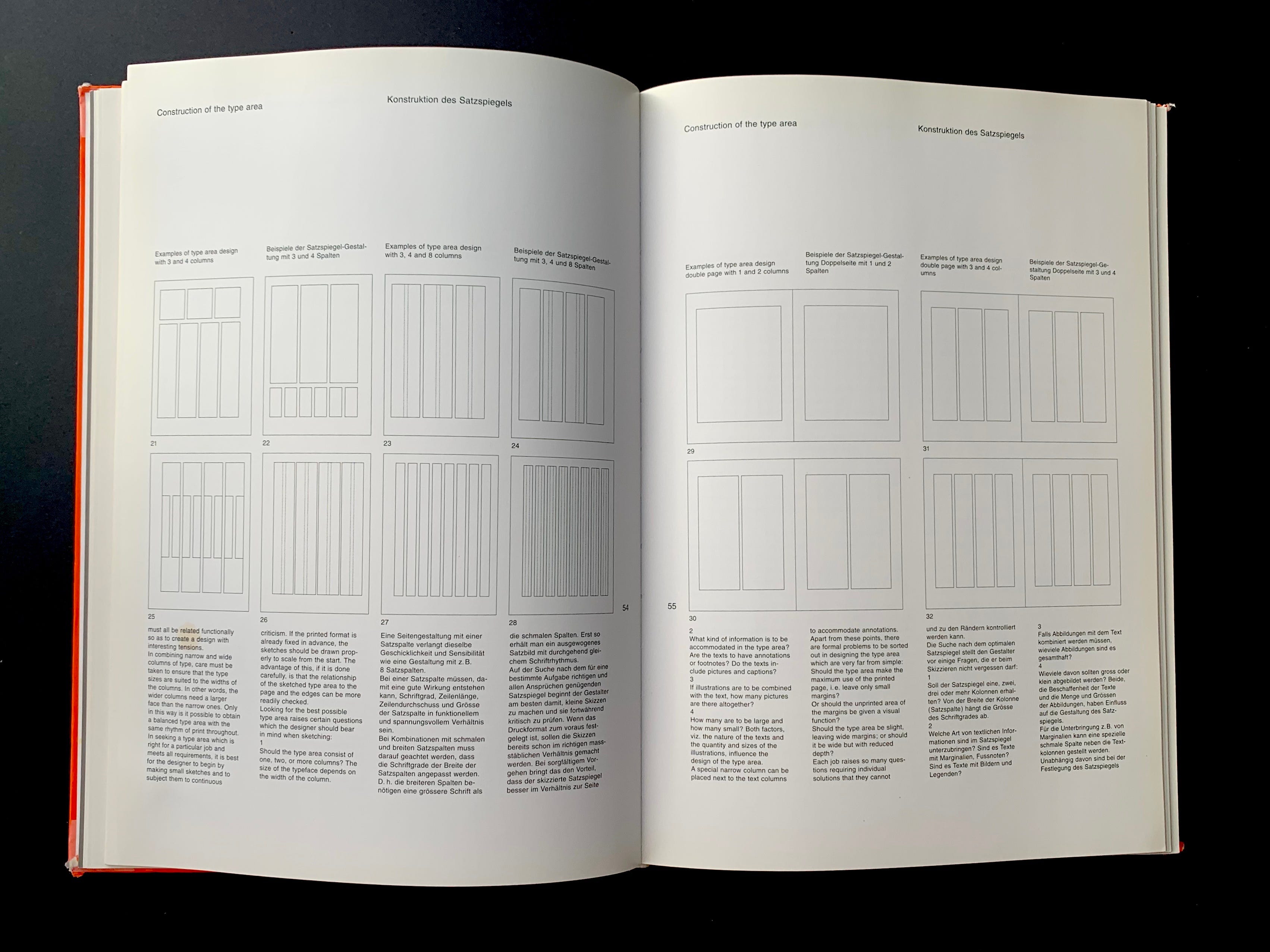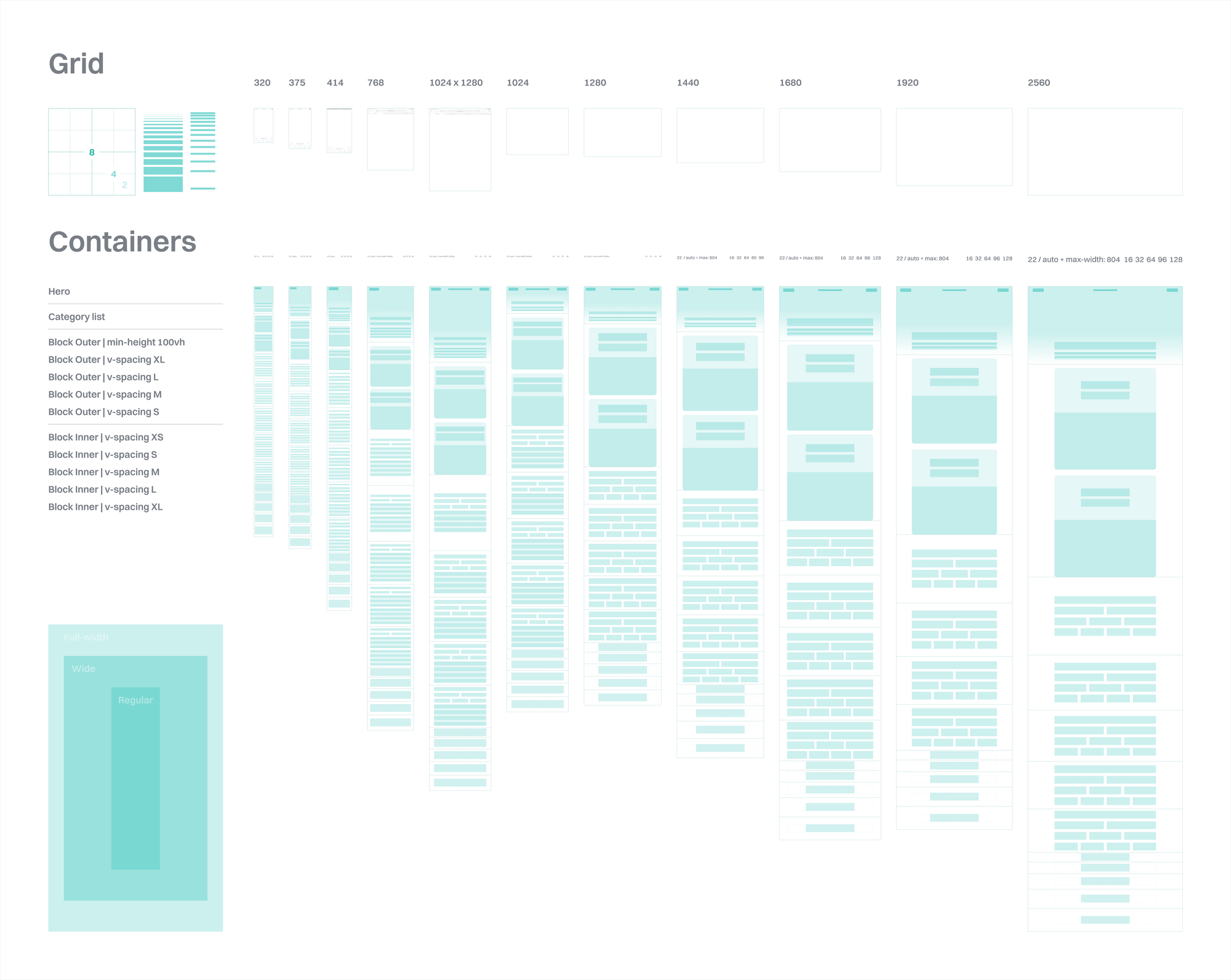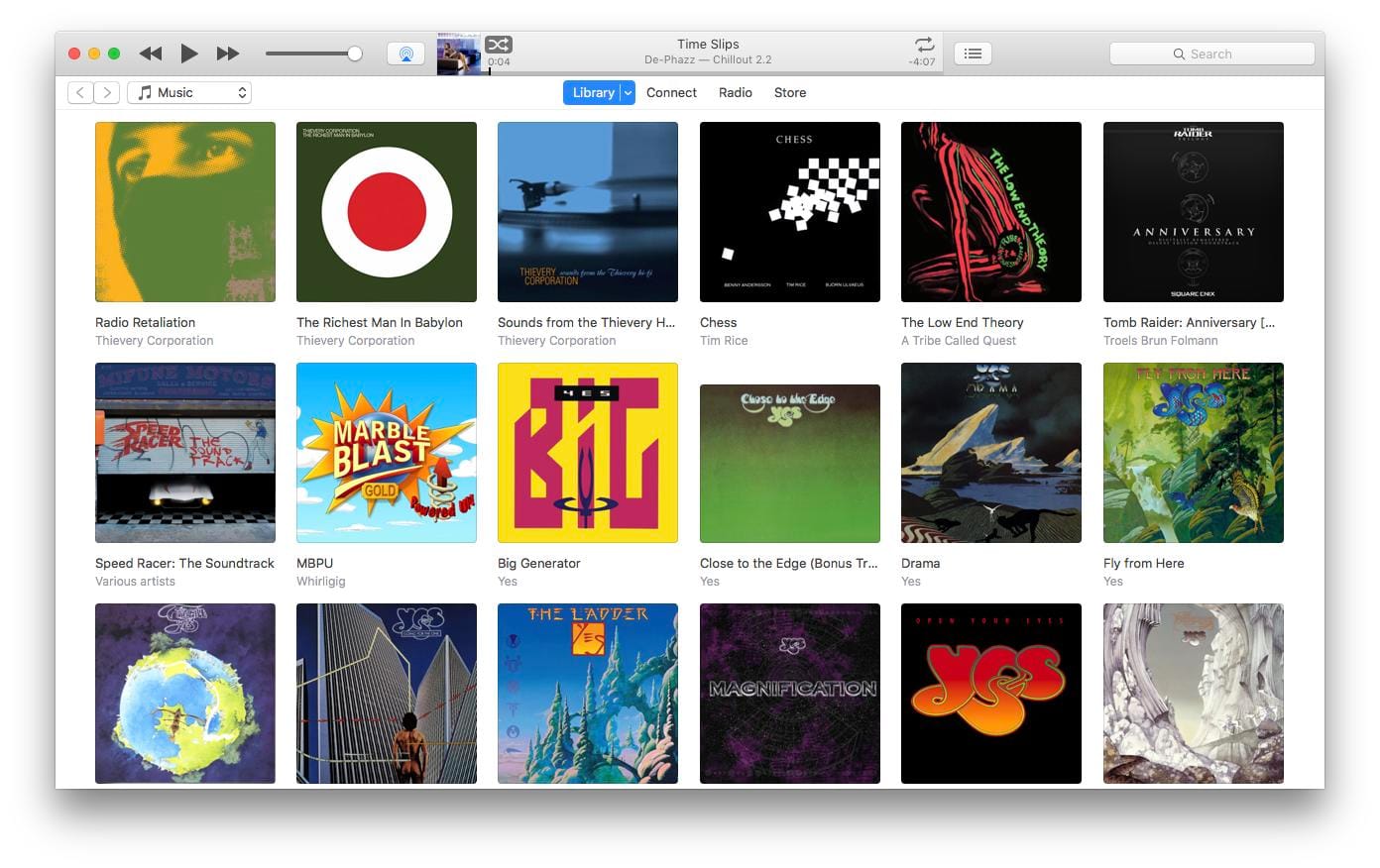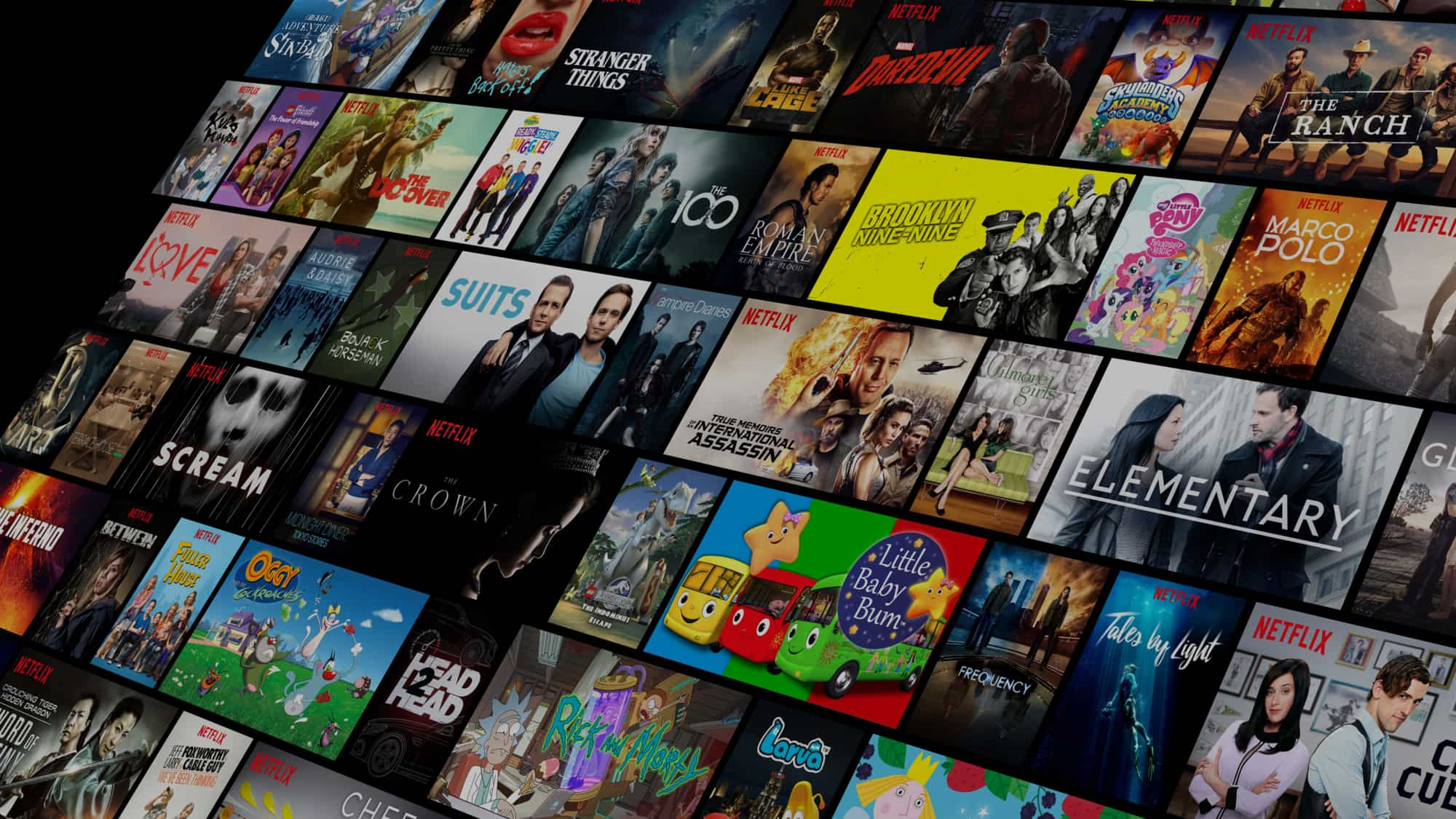
Uncovered truth behind the big cover up
Inspiration
Neutrino draws inspiration from the spacious layouts of traditional books, and long history of editorial and cover design.
Its layout engine was designed by thinking in terms of proportions, not absolute widths or heights. Proportions that originate from:
- Page as a baseline presentational unit; dimensions of which the theme sets based on device’s screen resolution and orientation
- Standard content formats (e.g. 16/9 media, and 16x16px icons) which dictate the input and presentational needs
- Standard typographic scale values and 8px digital grid systems which dictate the output and its optimal construction methods


Neutrino combines the best elements of traditional and digital to deliver a premium look and feel — like content on Medium — except your content is self-hosted and published using a fast Markdown-based CMS called Ghost. The result is a theme that appears both familiar and innovative.
At its core, is the Ghost's native 3-column width approach, which Neutrino perfects into an intelligent layout system that can deal with pretty much any kind of content input and combination. This enables a consistent and visually appealing presentation across various devices and screen sizes, while maintaining the flexibility needed to handle edge cases such as extremely long or short content, text/background contrast issues due to CMS customisation options, etc.

Take cover
All publications, albums, films, TV shows, even products have full-page covers. Why are websites an exception to that? It’s 2024, and some are still cramming as much as possible into the web-page "fold".



We are already producing image covers to accompany links to our content when we post it on social media. And they are already used for link preview cards which the CMS specifies in the page metadata.
Which begs the question, why aren't we treating them as covers on the front-end?
Because of a myth that users forget they can scroll if the initial page area is designed as a 100% viewport width x height intro block?
Or because developing a layout engine that would cover al lthe edge cases on all devices is tedious?
Startup project boilerplate
It all started with hand-coded prototype websites, which were refined and developed into a full-fledged Ghost theme.
Neutrino removes the need to reinvent the layout and UI-wheel with every new project; just because you want a custom design and don't want to settle with design compromises of other themes.
The theme provides a default visual language that is both neutral and functional, serving as a solid base for various content types. This approach allows content creators to focus on their message while still having the flexibility to customize key elements for branding purposes.
It allows for selective customization of specific elements, typically focusing on typography and accent colors. This targeted approach enables creators to establish a distinct brand identity without compromising the theme's inherent functionality and clean design.
Lean content production
16:9 as universal format
A standout feature of Neutrino is its adoption of a 16:9 format, chosen for its universal applicability. This aspect ratio aligns with the most common formats across various media platforms, from videos to presentation slides, website hero images to social media preview cards. This "create once, use everywhere" approach significantly reduces the time and resources needed for content adaptation.
Neutrino is built with efficient content production in mind, starting with its compatibility with Markdown. This lightweight markup language allows content creators to work in their preferred environment before seamlessly transferring their work to Ghost CMS.
Hyper-production workflow
The theme supports a streamlined content creation workflow, typically following these steps:
- Content writing
- Editing and restructuring
- Integrating visual elements
- Transferring content to the CMS
- Adding interactive elements and specialized blocks
- Incorporating newsletter-specific content
- Publishing and promoting through automated channels
This systematic approach, combined with Ghost's intuitive interface and robust feature set, allows for rapid content production and deployment.
Migration
While Neutrino and Ghost provide a powerful combination for content creation and management, the theme's designers have also considered long-term scalability. Ghost's commitment to open standards ensures that content created using Neutrino can be easily exported into standard, open-source formats. This feature provides peace of mind for content creators and organizations, knowing that their valuable content isn't locked into a proprietary system.
In conclusion, Neutrino represents a significant advancement in theme design for Ghost CMS. By combining thoughtful design principles, universal formatting, and an efficient production workflow, it offers content creators a powerful tool to streamline their process, enhance their brand presence, and future-proof their content. Whether you're an individual blogger, a small business, or a growing media company, Neutrino provides the flexibility and efficiency needed to thrive in today's dynamic digital content landscape.
